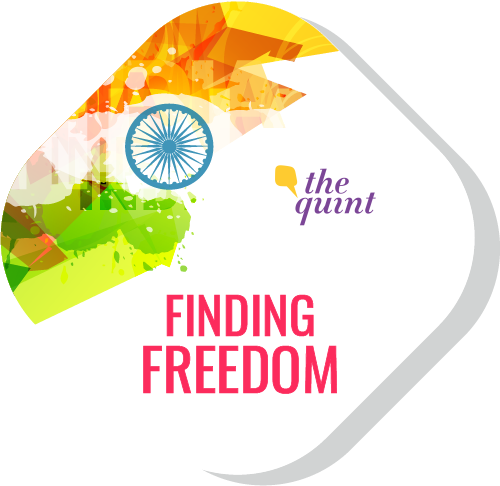
Trace India's journey to Independence with this interactive quiz. Look at the year, take the hint, and drag the correct answer, to make the Indian map rise from the shadows.
LOADING...

Trace India's journey to Independence with this interactive quiz. Look at the year, take the hint, and drag the correct answer, to make the Indian map rise from the shadows.
